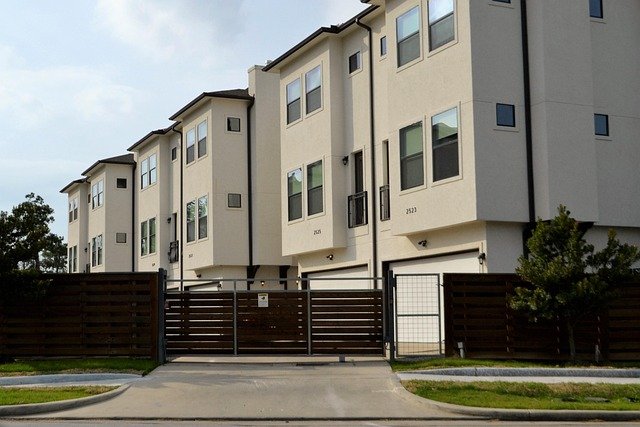The Untapped Potential in Aging Housing Stock: A Fresh Look at Old Properties
In the world of real estate, the allure of shiny, new developments often takes the spotlight. But beneath the glitz and glamour, there's a hidden gem that's often overlooked—the aging housing stock. With a shift in demographics, evolving housing needs, and a push towards sustainability, these old properties could provide a wealth of opportunities for savvy investors and homebuyers.

Historical Context and Key Developments
The aging housing stock, typically defined as homes built before 1980, forms a substantial part of the U.S. housing market. According to a 2019 report from the Joint Center for Housing Studies of Harvard University, more than half of all U.S. homes are now at least 40 years old. Over the years, these homes have often been bypassed in favor of new construction. However, recent trends indicate a shift in perspective.
Current Market Trends and Analysis
With housing prices skyrocketing and new construction unable to keep up with demand, many homebuyers are turning to older properties. Buyers are attracted to their unique architectural details, larger lot sizes, and established neighborhoods. Investors, on the other hand, see potential in renovating and flipping these properties, or converting them into rental units.
An aging housing stock also presents opportunities for sustainable development. Retrofitting old homes with energy-efficient features can significantly reduce carbon emissions, aligning with the growing demand for green living.
Advantages, Challenges, and Potential Impact
Investing in aging housing stock has several advantages. Firstly, older homes often come at a lower price point than new builds, making them more accessible to first-time buyers and investors. Secondly, there’s the potential for significant returns on investment after refurbishing and modernizing these properties.
However, the process isn’t without its challenges. Older homes often come with outdated systems, structural issues, and hidden costs. Therefore, thorough inspections and cost estimates are crucial before diving into these investments.
The potential impact of revitalizing aging housing stock is substantial. It can breathe new life into established neighborhoods, increase housing supply, and contribute to sustainability goals.
Research-Backed Insights
According to the National Association of Realtors, older properties—especially those in need of renovation—offer significant return potential. A case study by Zillow also found that homes built before 1980 have seen their value double in the past two decades.
Balancing Depth and Accessibility
While the aging housing stock presents unique opportunities, it’s essential to approach it with a comprehensive understanding of the market and potential risks. Careful planning, budgeting, and professional advice can help navigate these waters effectively, making old homes a viable and profitable option for a wide range of buyers and investors.
In conclusion, the aging housing stock, often overlooked in the real estate landscape, could be the next big thing. By striking a balance between preservation and modernization, these old homes not only offer financial benefits but also contribute to sustainability and community revitalization efforts. The key lies in recognizing and tapping into this untapped potential.





